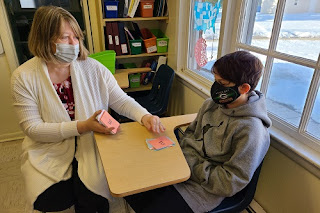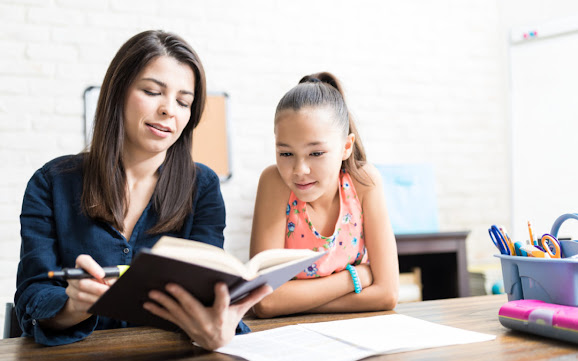Treatment for Dyslexia
Like all diseases or disorders, the treatment for Dyslexia may start with or without an assessment by a doctor. The most important thing is to make the process easy. Dyslexia can be easily identified. If you have Dyslexia, it is the "patient" to be 'treated," typically a child in school whose difficulty is related to understanding words or reading. People with Dyslexia are known for seeing numbers and letters in reverse form. They cannot correctly distinguish between symbols and letters, which is a major drawback because this is a crucial ability required for learning. It is not just a factor in the reading ability and writing level but also how well they perform in other academic fields like math and science.
Online Tutor for Dyslexia
Students may manifest in various ways and at different
degrees of severity. The child's situation must be thoroughly studied before
any treatment plan is made. If the child struggles with reading, treatment must
be targeted at the issue. If he suffers from motor or speech problems, the
treatment should also concentrate on these areas. It is difficult to deal with
a child who suffers from severe or compound Dyslexia compared to a child who
only has difficulty recognizing letters.
After an assessment of the child's difficulties in learning
is complete, the treatment for Dyslexia may be initiated. It is important to
remember that there isn't a solution to Dyslexia. Treatment is not about
eliminating the root or reason for the issue but addressing it to allow the
child to learn at a higher level.
The focus is on utilizing the child's strengths and
supporting him in areas where he's weak. In most cases, a multisensory approach
can be beneficial. It is a method of learning that combines the senses of
hearing, sight, and the sense of touch. Instead of simply reading from an
actual text, the youngster listens to an audio version of the book or his
teacher who reads the text in a loud voice. It is also possible to trace using
his fingers the shapes of the letters and the words used. This is how a
dyslexic child who cannot recognize a word correctly is taught to recognize it
by hearing it or by its shape and form. Certain reading strategies utilize this
multisensory approach, for instance, Project READ, the Slingerland Method, and
the Orton-Gillingham Method. Some methods employ computers too, which are
proven to be effective instruments for teaching children who have Dyslexia.
Outside of school, parents can support their children who
have Dyslexia by reading aloud to their children to ensure they can continue to
learn and practice spelling and pronunciation with their children. As we said,
children will improve their reading skills when they can listen to the same
text or record portions of the text. Parents can use multisensory educational
tools online or request that teachers offer reading resources.
The most crucial thing to consider when teaching dyslexic
children is proper behavior and patience. Parents and teachers must be aware
that their child has a learning disability, so they must adapt their strategies
and expectations to accommodate this. It's not to say that they can expect to
witness a lack of or no improvement. Learning does happen, but at a slower rate
and with greater effort. Therefore, they must be patient and patient.
It is also a possibility to tutor children who struggle to
read. In addition, remedial lessons can be incorporated into school during
regular classes.
There are also programs outside the classroom that offer
treatments for Dyslexia. Although these are generally advised, their costs could
hinder parents from taking advantage of them. People who are successful with
Dyslexia have one thing they share the support of their parents. If you're a
parent of a child who has Dyslexia, be gentle and patient to ensure your
child's progress in treatments for Dyslexia.
For more information please visit Best Dyslexia Tutor .




Comments
Post a Comment